Author: Fairy, ChainCatcher
Editor: TB, ChainCatcher
The breakout effect of stablecoins is continuing to amplify.
From the frequently appearing related topics on Douyin's hot search list, to the collective shift in content creation by traditional finance bloggers, and to the active inquiries from relatives and neighbors, stablecoins seem to have become a social buzzword that permeates daily life.
At the same time, global policies are also experiencing a key turning point. Over the past year, many countries have shifted their stance on stablecoins from cautious observation to acceptance: Hong Kong's "Stablecoin Regulation" is about to be implemented, the EU's MiCA legislation has officially landed, and the U.S. has passed the "GENIUS Act." Stablecoins are quietly prying open the foundation of the global monetary system.
This article will systematically sort out the latest developments in stablecoin regulation across various countries, analyzing the underlying logic and strategic implications of this financial transformation.
A Look at Global Stablecoin Regulatory Trends
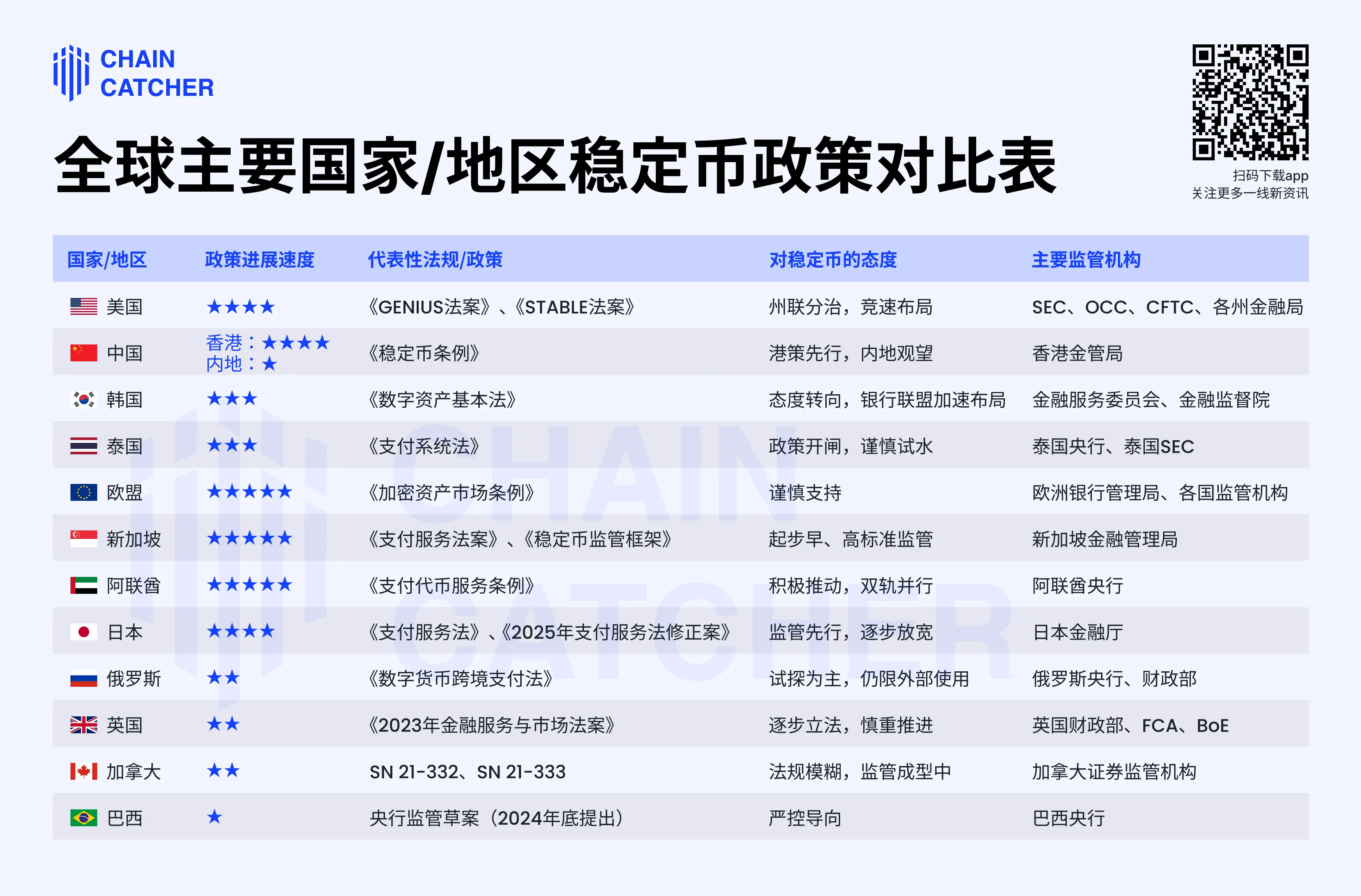
Analyzing the Evolution of Stablecoin Policies in Twelve Core Global Markets
United States: Federal-State Division, Competitive Layout
Policy Progress Speed: ★★★★
The development of stablecoins in the United States presents a "federal + state" dual-track approach. On one hand, the federal government is accelerating the unification of the regulatory framework at the legislative level; on the other hand, states are taking the lead in trialing and implementing regulations.
At the state level, many places have already implemented specific laws and regulatory frameworks:
- Wyoming passed the "Wyoming Stablecoin Act" in 2023, establishing the "Wyoming Stablecoin Committee," and plans to issue a state-supported stablecoin, WYST, by August 20, 2025.
- The New York Department of Financial Services required stablecoin issuers to obtain a BitLicense or trust company license and comply with strict regulations as early as 2018.
- California passed the "Digital Financial Assets Law" (DFAL) in 2023, creating a comprehensive licensing system that includes stablecoin issuers. DFAL will officially take effect in July 2026.
Federal-level regulatory legislation is also advancing rapidly:
- The "GENIUS Act" was signed into law by Trump on July 19, 2025.
This act requires: a ban on the issuance of yield-bearing stablecoins, monthly disclosure of reserve composition with audits, and accountability for data authenticity by the CEO and CFO. Issuers can choose to be regulated by federal or state authorities, while small issuers (with issuance amounts of $10 billion) can opt for state regulation only.
- The "STABLE Act" was proposed in March 2025 and has passed the House, awaiting a Senate vote. The draft content is largely similar to that of the GENIUS Act.
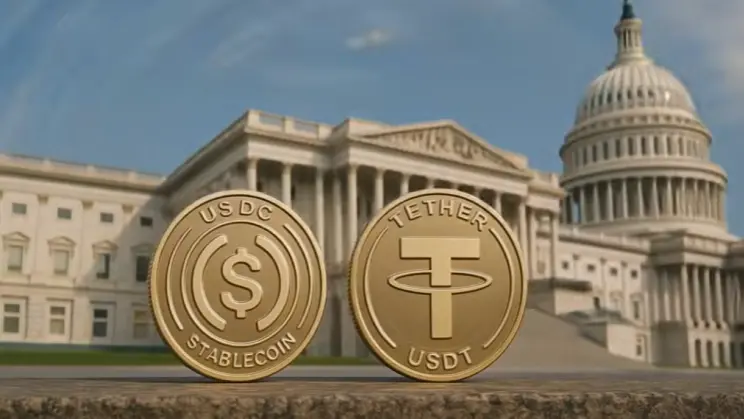
China: Hong Kong Takes the Lead, Mainland Observes
Policy Progress Speed: Hong Kong ★★★★ | Mainland ★
Mainland China and Hong Kong have formed a "foothold + local" regulatory linkage for stablecoins: Hong Kong has taken the lead in establishing a mature regulatory system to accelerate the attraction of enterprises, while the mainland remains cautious at the policy level.
In Hong Kong, the "Stablecoin Regulation" will officially take effect on August 1, 2025.
Currently, about 50 to 60 companies have expressed their intention to apply, half of which are payment institutions and the other half are large internet platforms, most of which have Chinese backgrounds. Companies like JD.com, Standard Chartered, and Ant Group have already initiated related preparations, and the industry expects only 3 to 4 licenses to be issued in the first batch, with high entry barriers.
It is reported that the first batch of licenses may adopt an "invitation application system" rather than a unified public application, with the initial stablecoins primarily pegged to the Hong Kong dollar and the U.S. dollar.
On the mainland, there has been a long-standing "preventive suppression" stance, but recently several provinces and cities have released signals of research and attention towards stablecoins.
- On July 7, at a reform promotion meeting of the Wuxi Municipal Committee, it was proposed to explore "stablecoin empowerment for foreign trade development" to expand new space for digital trade;
- On July 9, the official WeChat account of the Jinan Municipal Government Research Office published a special article on stablecoins written by Xinhua News Agency;
- On July 10, the Party Committee of the Shanghai State-owned Assets Supervision and Administration Commission held a study meeting focusing on the development trends and response strategies of cryptocurrencies and stablecoins;
- On July 18, the China Industrial Internet Research Institute hosted a "Stablecoin and Industrial Digital Assets Seminar."

South Korea: Attitude Shift, Bank Alliance Accelerates Layout
Policy Progress Speed: ★★★
South Korea is undergoing a transition from "observation" to "entry." Against the backdrop of newly elected President Lee Jae-myung's commitment to support the development of a Korean won stablecoin, on June 10, the ruling party officially proposed the "Basic Law on Digital Assets," intending to allow local companies with capital exceeding $368,000 to issue stablecoins, marking a loosening of policy.
Currently, the eight major banks in South Korea are planning to establish a joint venture to issue a Korean won stablecoin. Participating institutions include KB Kookmin Bank, Shinhan Bank, Woori Bank, NongHyup Bank, Korea Development Bank, and the Korean branches of Citibank and Standard Chartered. This project is jointly promoted by the eight banks, the Open Blockchain and Decentralized Identity Association, and the Financial Supervisory Service, and if approved by regulators, it is expected to launch by the end of this year or early next year.
However, current regulations remain uncertain. According to analysis by Four Pillars Research Director 100y.eth, South Korea is currently experiencing a stablecoin bubble, with no clear regulatory guidance. Financial news reports almost daily about banks or companies applying for stablecoin-related trademarks, and related listed companies' stock prices typically rise by 15%-30% on the same day.
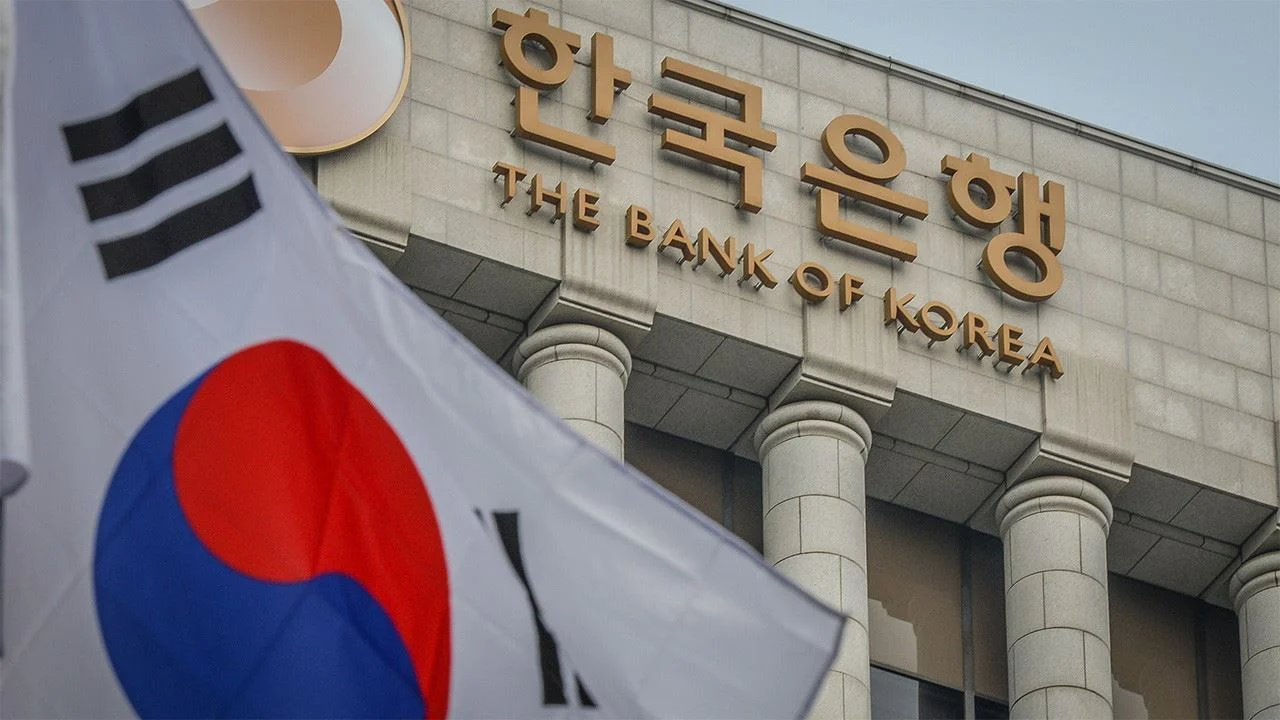
Thailand: Policy Opening, Cautious Testing
Policy Progress Speed: ★★★
Thailand's stablecoin policy has gradually shifted from early caution to cautious piloting. As early as 2021, the Bank of Thailand initiated stablecoin regulatory exploration and released preliminary guidelines. Among them, stablecoins pegged to the Thai baht are regarded as "electronic money" and are regulated under the "Payment Systems Act," requiring relevant institutions to consult the central bank for approval before issuance; while stablecoins pegged to foreign currencies (such as USDT, USDC) are not prohibited but require further regulation.
A real turning point occurred in 2024. In August, Thailand established a regulatory sandbox, allowing specific service providers to experiment with cryptocurrencies.
In 2025, the pilot scope expanded rapidly:
- In January, the Thai Finance Minister stated at a Securities and Exchange Commission meeting that the government is considering issuing a stablecoin backed by 10 billion baht in government bonds.
- In March, the Thai Securities and Exchange Commission (SEC) approved USDT and USDC as tradable assets on the country's regulated exchanges.
- In July, the SEC and BOT jointly launched a "national-level crypto sandbox," allowing foreign tourists to exchange digital assets (such as USDT, USDC) for Thai baht through licensed platforms for tourism consumption.

European Union: Unified Regulation, Cautious Support
Policy Progress Speed: ★★★★★
The EU's attitude towards the development of stablecoins can be summarized as "cautious support": fully recognizing the potential of stablecoins while maintaining a high level of vigilance against financial stability, regulatory arbitrage, and money laundering risks.
In June 2023, the EU officially released the "Markets in Crypto-Assets Regulation" (MiCA), with the core goal of comprehensively regulating the crypto asset market. Some provisions will take effect on June 30, 2024, and the stablecoin-related provisions will be fully implemented by December 30, 2024. This legislation applies to the 27 EU member states and the three countries of Norway, Iceland, and Liechtenstein in the European Economic Area (EEA).
MiCA sets high thresholds for the issuance and operation of stablecoins: issuers must obtain authorization from the regulatory authorities of member states (such as Germany's BaFin, France's AMF) and establish a legal entity in the EU. For stablecoins that meet "significance" criteria (e.g., high trading volume), they will be uniformly regulated by the European Banking Authority (EBA).
MiCA also stipulates that non-euro-denominated stablecoins may not exceed 1 million transactions or 200 million euros in any currency area per day. Once exceeded, the issuer must suspend the issuance of that stablecoin and submit a rectification plan within 40 working days.
Currently, the EU has issued MiCA licenses to 53 crypto companies, including 14 stablecoin issuers and 39 crypto asset service providers.
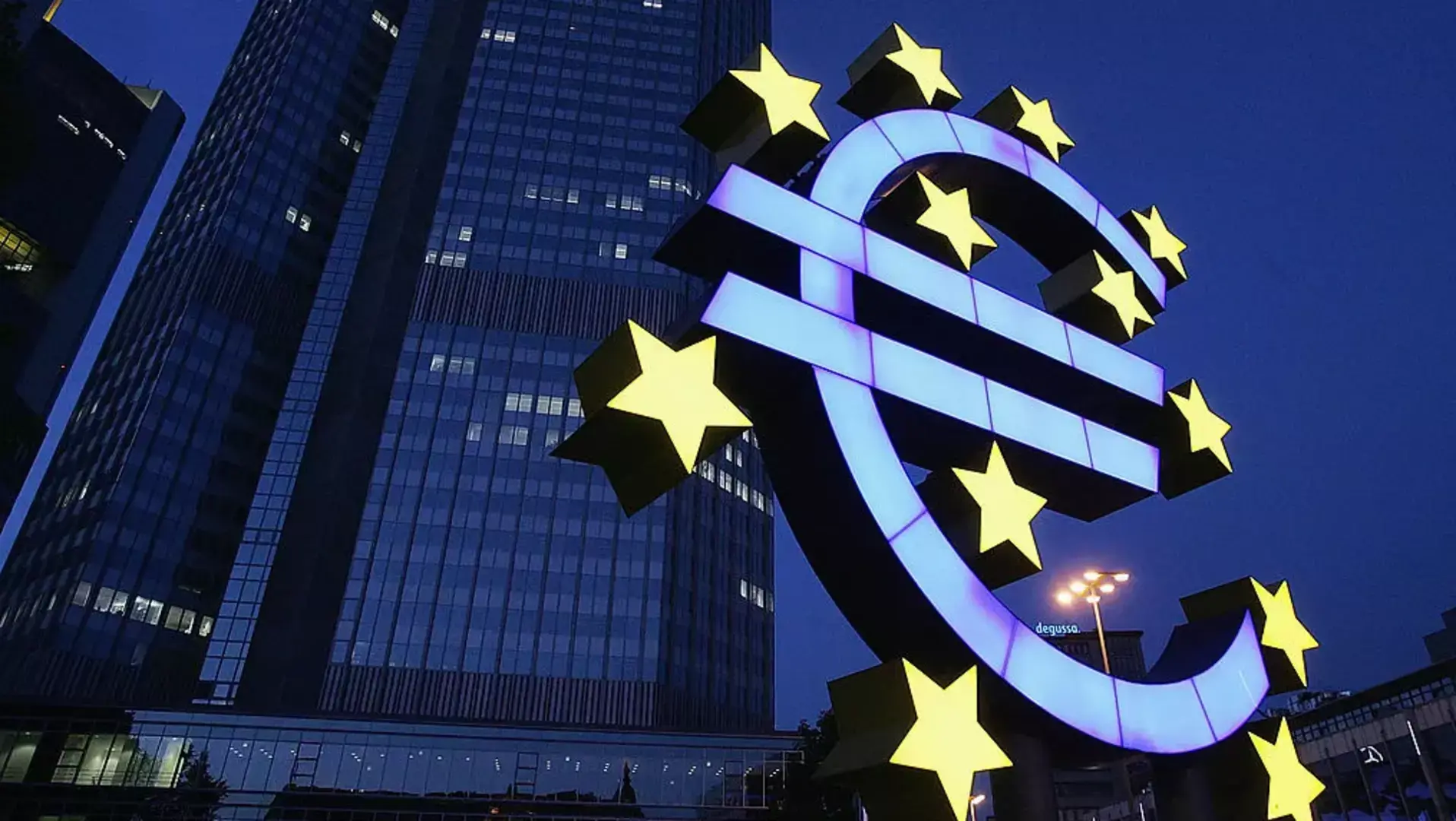
Singapore: Early Start, High Standards
Policy Progress Speed: ★★★★★
Singapore is at the forefront of stablecoin regulation. As early as December 2019, Singapore introduced the "Payment Services Act," which clarified the definitions and classifications of payment service providers.
Subsequently, the Monetary Authority of Singapore (MAS) released a draft "Stablecoin Regulatory Framework" in December 2022 and initiated public consultation, officially launching the final version on August 15, 2023. This regulatory framework specifically applies to single-currency stablecoins (SCS) issued in Singapore that are pegged to the Singapore dollar (SGD) or G10 currencies, and is incorporated as a supplementary provision to the "Payment Services Act."
MAS has set high entry barriers, requiring issuers to meet the following criteria:
- The capital of stablecoin issuers must be no less than 50% of annual operating expenses or 1 million Singapore dollars;
- Stablecoin issuers must not engage in trading, asset management, staking, lending, or other businesses, nor directly hold shares in other legal entities;
- Liquid assets must meet the scale required for normal withdrawals or exceed 50% of annual operating expenses.
- The reserve assets of stablecoin issuers can only consist of the following low-risk, highly liquid assets: cash, cash equivalents, and bonds with a remaining maturity of no more than three months.
Currently, several institutions have applied to MAS for stablecoin issuance qualifications. Among them, StraitsX (issuer of XSGD) and Paxos are regarded as exemplary cases of early compliance.
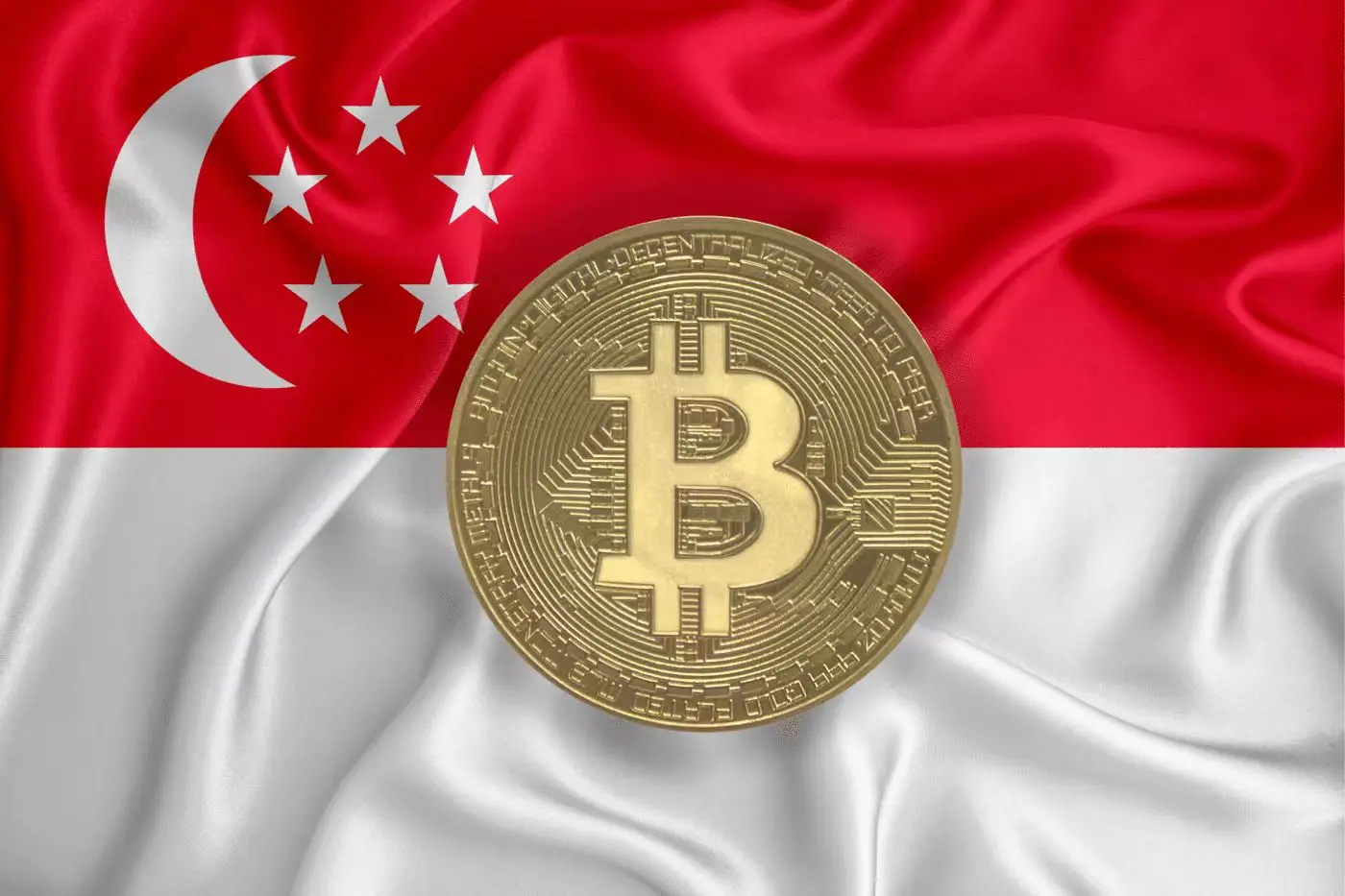
United Arab Emirates: Actively Promoting, Dual-Track Approach
Policy Progress Speed: ★★★★★
The United Arab Emirates has shown a supportive and open attitude towards stablecoin policies. In June 2024, the Central Bank of the UAE released the "Payment Token Services Regulation," clarifying the definition and regulatory framework for "payment tokens" (stablecoins).
The United Arab Emirates, as a federal country composed of seven emirates, has a distinct "dual-track" regulatory system: the Central Bank is responsible for regulation at the federal level, while the Dubai International Financial Centre (DIFC) and the Abu Dhabi Global Market (ADGM) operate as financial free zones with independent legal systems and regulatory authority.
Compared to the EU's MiCA or Hong Kong's Stablecoin Regulation, the UAE's new regulations have a relatively broad definition of stablecoins but still set certain boundaries:
- The issuance of algorithmic stablecoins and privacy tokens is prohibited.
- Stablecoins are not allowed to pay users interest or other returns linked to the holding period.
In practical application, the UAE's stablecoin market has already shown results. In December 2024, AE Coin was approved by CBUAE, becoming the first fully regulated dirham stablecoin in the UAE.
In April 2025, the Abu Dhabi sovereign wealth fund ADQ, corporate group IHC, and the largest bank in the UAE, First Abu Dhabi Bank, jointly announced the launch of a new stablecoin pegged to the dirham.

Japan: Regulatory Leadership, Development Awaiting
Policy Progress Speed: ★★★★
Japan is at the forefront of stablecoin regulation globally and has completed its foundational legislative framework. Its regulatory path is primarily achieved through improvements to the Payment Services Act (PSA).
In June 2022, the Japanese Diet passed a revised version of the Payment Services Act, which officially took effect in June 2023. The amended law provides a detailed definition of stablecoins, clarifies the issuing entities, and lists the licenses required for stablecoin trading. It limits stablecoin issuers to three categories: banks, trust companies, and money transfer service providers.
In March 2025, the Financial Services Agency of Japan promoted the "2025 Payment Services Act Amendment," optimizing the stablecoin issuance mechanism: allowing trust-type stablecoins to use up to 50% of reserve assets for specific low-risk instruments, such as short-term government bonds or time deposits. The law also introduced a special registration category for crypto intermediaries, lowering the participation threshold for over-the-counter trading.

Russia: Tentative Approach, Still Limited to External Use
Policy Progress Speed: ★★
Russia's attitude towards stablecoins has undergone a significant shift in recent years, moving from initial caution or even opposition to limited support, primarily driven by strategic needs for cross-border settlements and an independent financial system under geopolitical pressure.
In 2022, the Central Bank of Russia pushed for a complete ban on cryptocurrencies. However, in July 2024, a key policy shift occurred. The Federal Assembly of Russia passed two bills that officially legalized cryptocurrency mining and allowed approved enterprises to use crypto assets, including stablecoins, for international settlements with foreign partners. However, domestically, cryptocurrencies are still not allowed to be used as a means of payment.
In March 2025, the Central Bank of Russia released a proposal to allow "specially qualified" high-net-worth individuals and certain enterprises to invest in crypto assets during a three-year pilot period, exploring a more transparent and controlled market environment.
Outside the policy context, Ivan Chebeskov, head of the Ministry of Finance's Digital Financial Assets Department, publicly stated that Russia should consider launching its own sovereign stablecoin to adapt to the evolving trends of the global payment system.

United Kingdom: Regulatory Progress Underway
Policy Progress Speed: ★★
UK policy is currently in a critical transitional phase from framework design to legislative implementation. The relevant regulatory system is based on the "Financial Services and Markets Act 2023," supplemented by secondary regulations and regulatory guidelines developed by the Financial Conduct Authority (FCA) and the Bank of England (BoE). This act received royal assent on June 29, 2023, and for the first time includes "digital settlement assets" (including stablecoins) within the legal scope of regulated financial activities.
In November 2023, the UK's financial regulatory authority announced regulatory requirements for companies issuing or custodizing fiat-backed stablecoins. The proposed framework seeks to apply several existing regulatory standards that currently apply to many FCA-authorized entities to the realm of stablecoin activities.
In April 2025, the UK government released a consultation document on legislative proposals in the cryptocurrency sector, planning to add regulated activities, including operating crypto asset trading platforms and issuing stablecoins.
Despite ongoing regulatory progress, the Governor of the Bank of England has expressed a more conservative stance. Governor Andrew Bailey has repeatedly stated that the large-scale application of stablecoins could undermine public trust in the national currency and even pose systemic risks to the financial system.
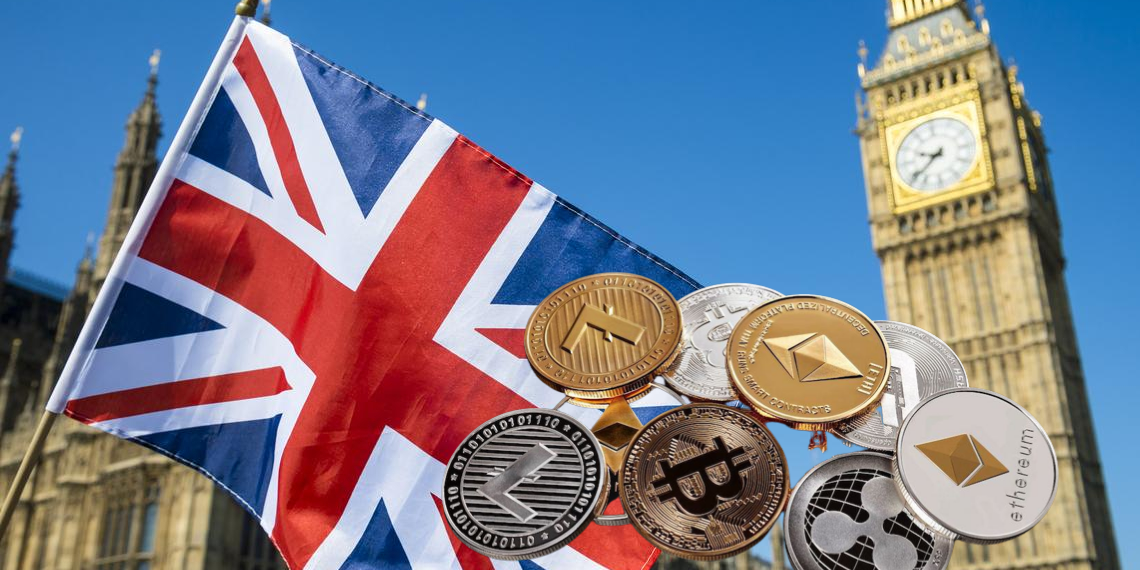
Canada: Regulatory Ambiguity, Framework Taking Shape
Policy Progress Speed: ★★
Compared to markets like the U.S. and the EU, Canada's policies are more conservative, and the local stablecoin market is developing slowly.
In December 2022, the collapse of FTX triggered turmoil in the global crypto market, leading Canadian securities regulators (CSA) to tighten policies and bring stablecoins under the regulatory scope of "securities and/or derivatives."
Since 2023, the CSA has released two key documents, SN 21332 and SN 21333, proposing a regulatory framework for "fiat-pegged stablecoins." According to the relevant regulations, stablecoin issuers must register as securities issuers, submit a prospectus, or sign a commitment letter recognized by the CSA.
Last month, Canadian banking regulators stated that they are ready to regulate stablecoins, and a regulatory framework is being developed.

Brazil: Strict Control Orientation
Policy Progress Speed: ★
Data from the Central Bank of Brazil shows that over 90% of cryptocurrency transactions in the country involve stablecoins, primarily used for cross-border payments, but this trend has also raised compliance concerns.
Gabriel Galipolo, the Governor of the Central Bank of Brazil, stated that the central bank initially believed the popularity of stablecoins was due to their convenience for the public to hold U.S. dollars. However, after further research, it was found that a large number of stablecoin transactions were related to cross-border shopping, and the transaction methods were opaque, potentially being used for tax evasion or money laundering activities.
To address this, the Central Bank of Brazil proposed a new regulatory draft in December 2024, intending to bring stablecoins under the foreign exchange regulatory system and prohibit transfers to wallets controlled by non-Brazilian entities.
Overall, Brazil's regulatory direction is very clear: prioritizing strict control while suppressing high-risk trading scenarios.
Despite tightening regulations, traditional banks are beginning to explore compliance pathways. Brazil's largest bank, Itau Unibanco (with over 55 million customers), is planning to launch a stablecoin pegged to the real. Currently, Itau is studying the relevant experiences of other banks and awaiting the introduction of Brazil's stablecoin regulatory framework.

Recommended Reading:
U.S. House Passes Three Crypto Bills, How is the National Team's Bitcoin Chip Battle Going?
Ant Group Enters the Game, Has the "Battle for Stablecoin Giants" Begun?
免责声明:本文章仅代表作者个人观点,不代表本平台的立场和观点。本文章仅供信息分享,不构成对任何人的任何投资建议。用户与作者之间的任何争议,与本平台无关。如网页中刊载的文章或图片涉及侵权,请提供相关的权利证明和身份证明发送邮件到support@aicoin.com,本平台相关工作人员将会进行核查。




